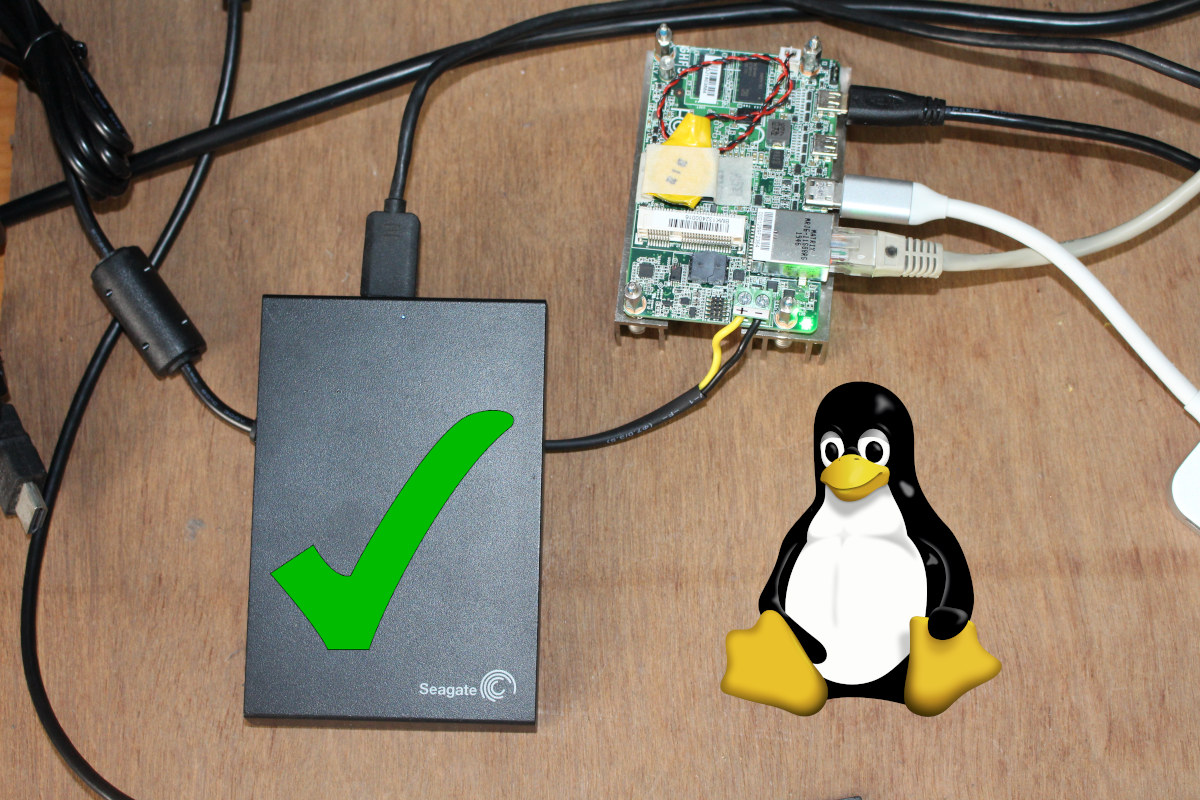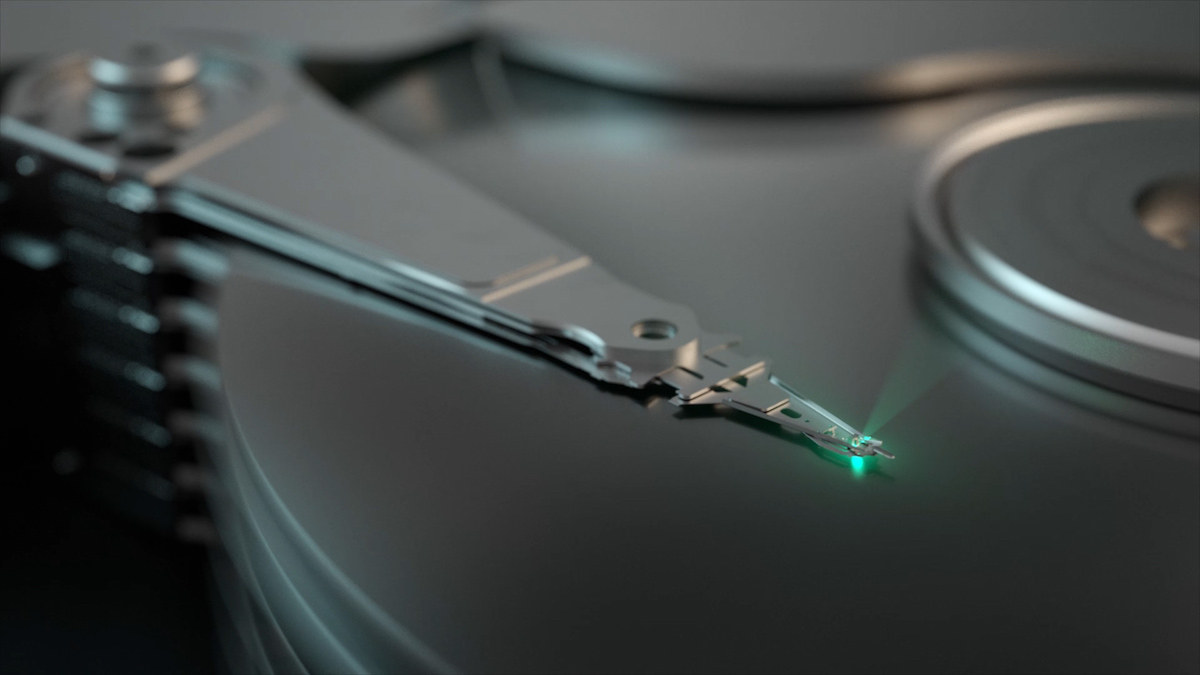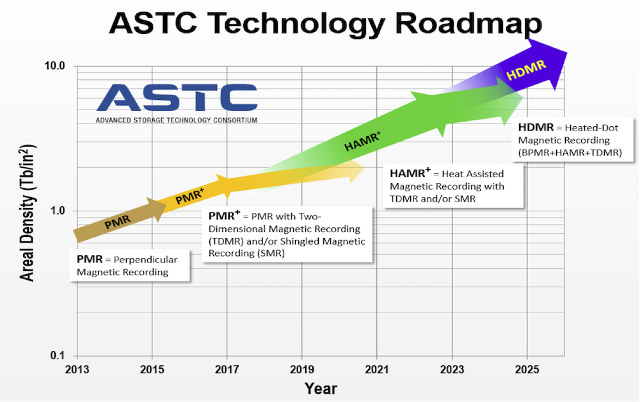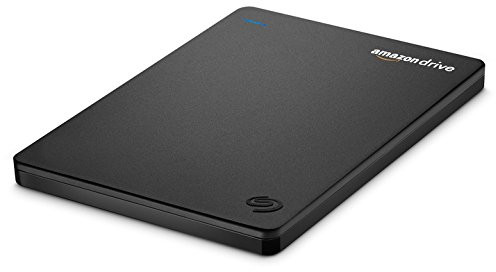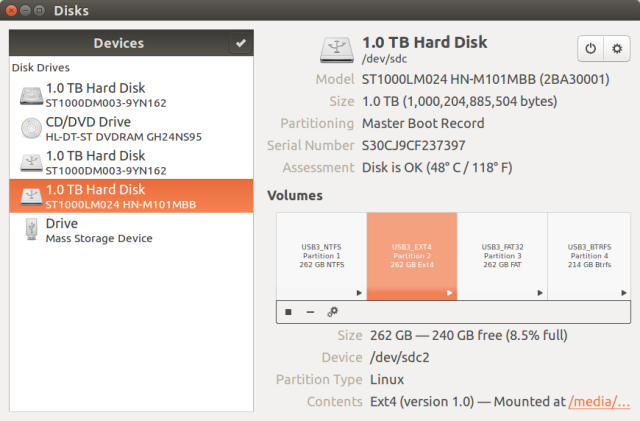Last June, I reviewed a Ryzen Embedded SBC with Windows 10, and the USB hard drive I normally use for review had all sorts of problems including very slow speeds and/or stalled transfers but no error messages. Last week, I tried again by installing Ubuntu 20.04 on the same Ryzen Embedded SBC, and the USB hard drive had troubles again, so just assume there were some hardware incompatibility issues between the SBC and the drive, and there may not be a fix or workaround. Sometimes, it’s indeed a hardware issue with the drive getting too many bad blocks, and if that’s the case, and the drive is still under warranty you can return it and get a fresh new (or refurbished) drive for free. But that drive was still working with my laptop getting around 100MB/s. So I ran out of ideas until numero53 commented he had similar problems with […]
20TB HAMR Hard Drives Coming in 2020, up to 80TB Drives Expected in a Few Years
We first wrote about HAMR technology in 2017. HAMR stands for “Heat-Assisted Magnetic Recording” and aims at increasing data density in order for manufacturers to cram even more bytes into 2.5″ and 3.5″ drives. You can learn more about HARM technology in your previous article. At the time, Seagate had built over 40,000 HAMR drives for internal testing, and expected volume shipments of 20TB+ drives in 2019. There have been some delays, but Seagate recently announced their first formatted and fully functioning 3.5″ 16TB enterprise hard drive platform based on the technology. Bear in mind that those are only internal test units, and will not be brought to market in this configuration. Instead, the company plans to start selling its first HAMR drives with at least 20TB storage capacity later this year. The new drives behave just like existing PMR drives and are just plug-and-play in existing systems with SATA […]
Seagate to Make Larger, Faster Hard Drives with HAMR and Multi Actuator Technology
SSDs may eventually replace HDDs, but the latter still have many years of life, as they come with higher capacity, and much lower price per gigabyte. But as capacity increases, performance also needs to increase, and new technologies are being developed. Seagate is currently working on two technologies for their next generation hard drives: HAMR (Heat-Assisted Magnetic Recording) to increase data density, and hence allow for larger capacity drives, and multi-actuator technology that uses several actuators (currently just two) on the drives to improve IOPS per GB, i.e. random I/O performance. HAMR is said to “use a new kind of media coating on each disk that allows data bits, or grains, to become smaller and more densely packed than ever, while remaining magnetically stable. A small laser diode attached to each recording head heats a tiny spot on the disk, which enables the recording head to flip the magnetic polarity […]
Seagate Duet Portable Hard Drive Automatically Syncs with Amazon Cloud Drive
Seagate has announced the launch of Seagate Duet 1TB portable hard drive with auto-sync to Amazon Cloud Drive, so that your data is always backed in the cloud. If you use the drive to backup data, that means you’ll have a extra backup copy in the cloud, which could be useful if the drive fails just when you want to back it up (it happened to me), or somehow your house burns down… Another advantage is that if you forget to take your drive with you, the data will be accessible from anywhere with an Internet connection from Amazon Cloud service. It connects through your Mac or PC’s USB 3.0 port, and sync files to the cloud after an initial setup with your Amazon account. Once the setup is done, you can use the drive as you’d normally do, and files will automatically be backed up in the cloud. The […]
1TB Seagate Expansion Portable Drive USB 3.0 Benchmark
Many upcoming ARM based board and device will support better connectivity with Gigagit Ethernet and USB 3.0 port, and Wi-Fi 802.11ac support. Since my media files are stored in a USB 2.0 hard drive, and my network is still using fast Ethernet and 802.11n, I had to go shopping. I’ve already purchased a 5-port Gigabit switch (D-Link DGS-1005A), and an an external USB 3.0 hard drive (Seagate Expansion 1TB Portable External Hard Drive), but I’m still looking for a decent and reasonably priced 802.11ac router (Suggestions welcomed). I’ll plan to use the USB 3.0 drive both to test file transfers over Gigabit, USB 3.0 performance, and file systems compatibility. So I’ve partitioned the drive using four common filesystems: NTFS, EXT-4, FAT32, and BTRFS, and both to make sure the drive is suitable for Gigabit transfer, and as a reference point, I’ve also performed some benchmarks. There are several tools to test […]
SATA-IO Universal Storage Module (USM) Standard
The Serial ATA International Organization (Sata-IO) announced the Universal Storage Module (USM) standard at CES 2011. This standard mainly defines mechanical characteristics and some electrical specs for hard drives so that they can be connected to devices (PC, laptops, tablets, televisions, media players, set-top boxes…) via a slot without the need to have an extra cable. This also allows a SATA harddisk to be used as a USB harddrive via a standard adapter. Later on this will also support other connection standards such as Firewire. The specifications will only support 2.5″ HDD, not the larger 3.5″. Those specifications are not publicly available yet (Target: 1H 2011) since they are still developing them. In the mean time you can check the FAQ (below) and have a look a the USM presentation slides. Seagate showcased their GoFlex design based on the USM specs where you can see the forum factor of the SATA […]


